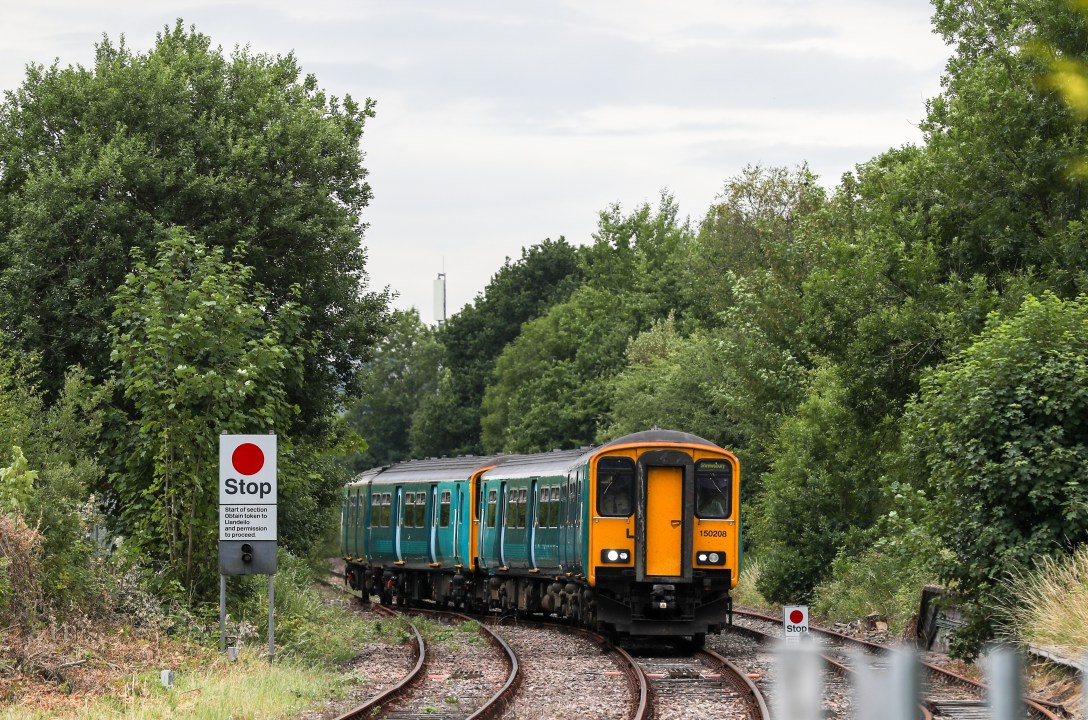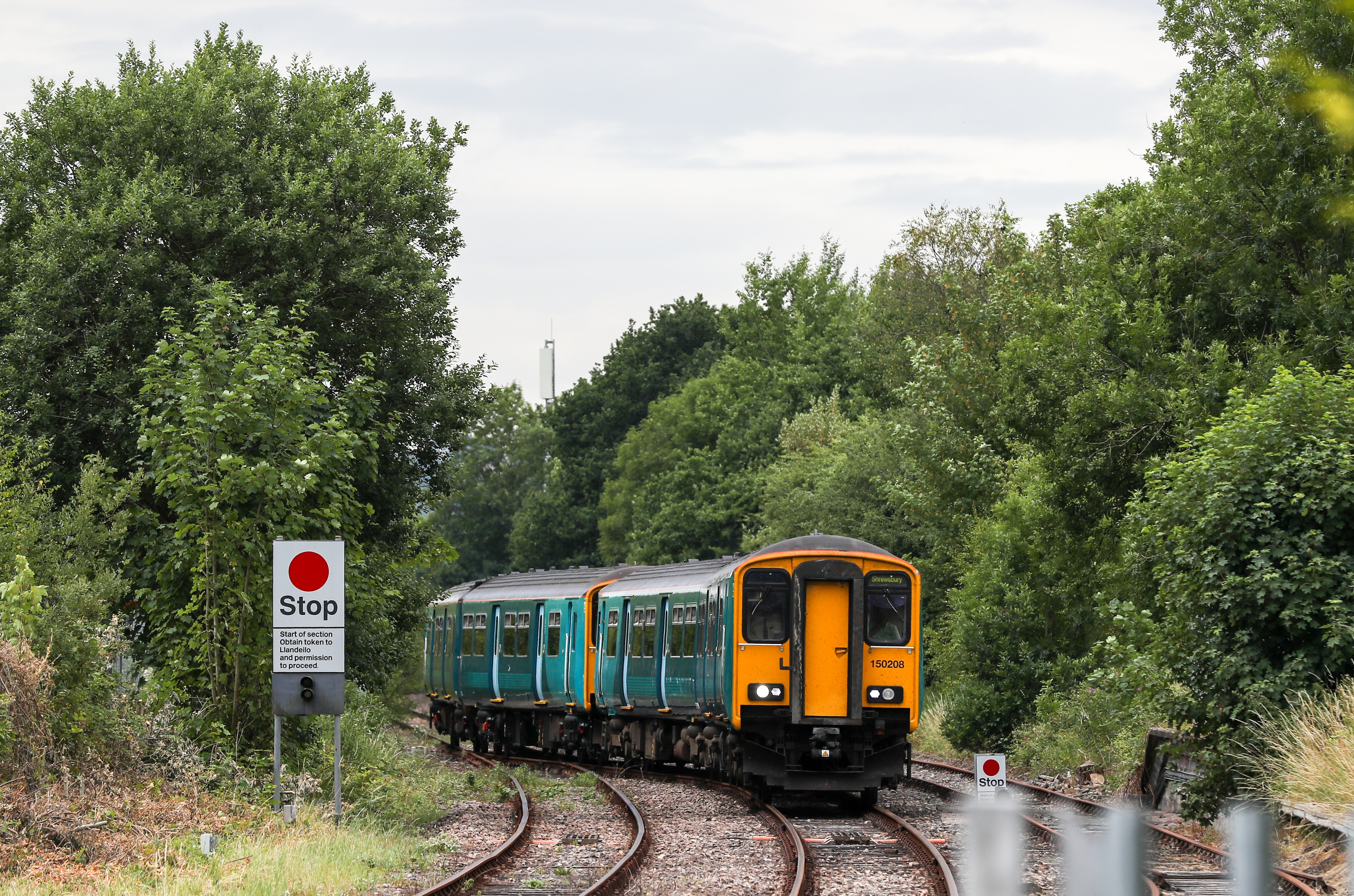News that rail fares are to rise by 1.6 per cent in January, and public transport fares in London by 2.6 per cent, would normally be met with outrage – how dare they jack up the fares again when the trains are late and I can’t get a seat. Yet this time around the news has hardly raised a whimper. After all, who uses trains any more? There’s some sort of semblance of normality returning to shops, pubs, restaurants. But larges parts of the public transport network have been all but abandoned – even though the government is no longer officially telling us not to use them.
Department for Transport figures from Monday show use of national rail services to be running at just 23 per cent of the level they were at the beginning of March. Tube journeys are running at 30 per cent, London bus services at 53 per cent and buses outside London at 41 per cent. There are relatively few passengers left to complain. Many commuters have seized the opportunity presented by Covid-19 to try to free themselves from the daily slog to the office – and will do all they can to put off returning to their offices.
As a consequence, fare rises will upset fewer people. What they won’t do, on the other hand, is do much to mend the increasingly dire finances of public transport. In a written answer on 10 June transport minister Chris Heaton-Harris revealed that the government had already shelled out £3.5 billion to bail out rail companies – on top, that is, of the £4.3 billion in subsidies that the industry received last year. Transport for London has already been paid a £1 billion grant and received loans to help make up a £1.6 billion shortfall in income from fares. Never have those £70,000 salaries for train drivers looked so excessive.
Public transport is bust. In many respects the Covid crisis has hastened society in the direction it was going anyway: towards online shopping, contactless technology, remote working. But with public transport Covid is reversing years of public policy in a few months.
How many times have we been told that the private car will form a less important part of our transport system in future and that we will be doing many more journeys by train, tram and bus? In a few short weeks, that has all gone: car use is back to 88 per cent of where it was in early March. There has been a massive switch to private vehicles. Suddenly, the reality of public transport – hundreds of people forced into cramped vehicles seems a recipe for the transmission of disease. That is surely going to endure long after Covid-19 has gone – having avoided public transport for fear of catching that disease, how many of us will want to go back to risking colds and flu if we can help it?
Sooner or later, the government is going to have to confront this. Is it going to go on subsidising public transport in the hope of trains, buses and trams picking up where they left off, or is it going to revisit public transport investment? What about Crossrail 2, HS2 and Transpennine services? Is investment in them still going to be justified?
Don’t be surprised if urban planners start reimagining public transport not in the form of carriages but pods – automated vehicles which take individuals and small groups of people at a time. The cattle trucks which transported commuters in the early 20th century may soon seem a relic.








Comments